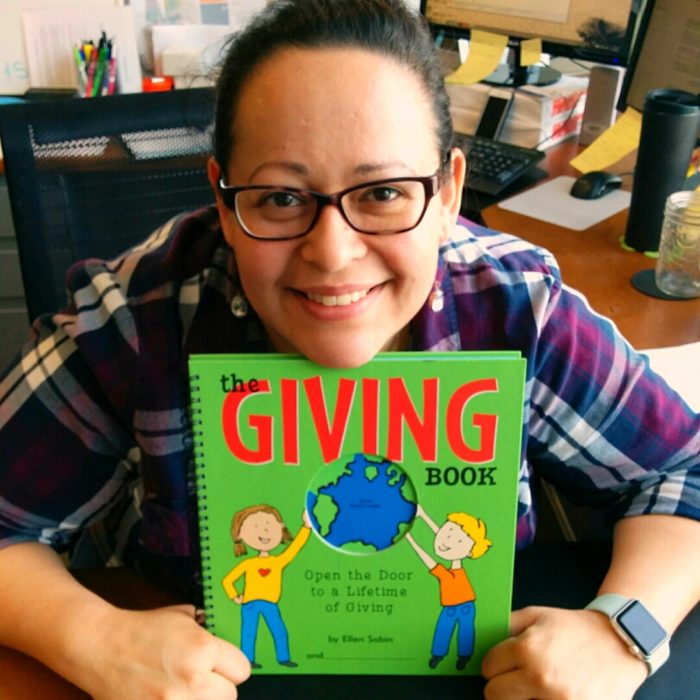Tips: How to have a conversation about charity with your child
September 13, 2016
4 min read
Having a conversation about giving with a child may seem a little awkward, but it is beneficial in the long run. It helps them become mindful of important issues and active members of the community. Research also shows that talking to children about charity has a greater impact on them than role modelling alone.
Though it may seem challenging, having a chat about charity is simpler that you think!
Chimp’s Executive Assistant (and parent) Ali Ah-Yu has this type of conversation with her son whenever she can. Here are some of her tips on how to have this kind of chat.

[tw-divider]
Make it Relatable
[/tw-divider]
There’s always the question of how to start a conversation about giving back and what particular issues to talk about. However, the conversation can be simple, and it certainly does not have to be done all at the same time.
Talking about experiences that occur daily and encouraging kids to think about how they differ for others is a great and organic way to get the conversation started. Kids often think and act in their own self-interest. Framing questions with this in mind can give us more insight, as parents, into their personal definition of being charitable.
When Ali has this conversation with her son, she often starts by having them both reflect on his personal experiences and what it might look like for those who do not share the same realities. They then think about what he can do as an individual to help.
Talking about solutions can come from simpler terms as well. Rather than talking about what specific charity to support, it’s good to talk about what actions he can take to create a solution (e.g. “I want to help hungry children by volunteering my time” etc.).
[tw-divider]
Make it Engaging
[/tw-divider]
Giving kids the freedom and power to make choices about charitable giving is a great way to keep them engaged and excited.
Ali does this in a fun way, incorporating a special allowance that her son can use as a way to donate to the different charities (a “charity allowance). Ali encourages this by guiding him to the different charities that reflect his interests. Chimp is a great platform and resource for this.
“I created a Giving Group on his behalf, so he can choose to give to whatever Canadian charity he wants. The platform also allows you to send a message to the charities you donate to. I encourage him to write to these charities. Doing this not only gets him involved with the entire process of donating, but I feel it makes him more connected to the charity as well.”
There are other great ways to encourage children to think charitably. Having resources like books that talk about giving back is a great way to get them engaged. The Giving Book by Ellen Shabin is a great book that encourages children to think about giving by asking what it means to them. Ali uses this book to complement her conversations with her son.
[tw-divider]
Celebrate their Successes
[/tw-divider]
It’s important to celebrate and applaud children’s successes with them. Not only does this reinforce their behavior to give, but it also leads to happiness. Research shows that children and toddlers as young as the age of two exhibit greater happiness when giving to others than receiving themselves.
Having a simple yet meaningful conversation about giving back is important for the growth and development of children. By infusing these types of chats into everyday life, we can contribute to shaping these individuals to be the best they can be.
